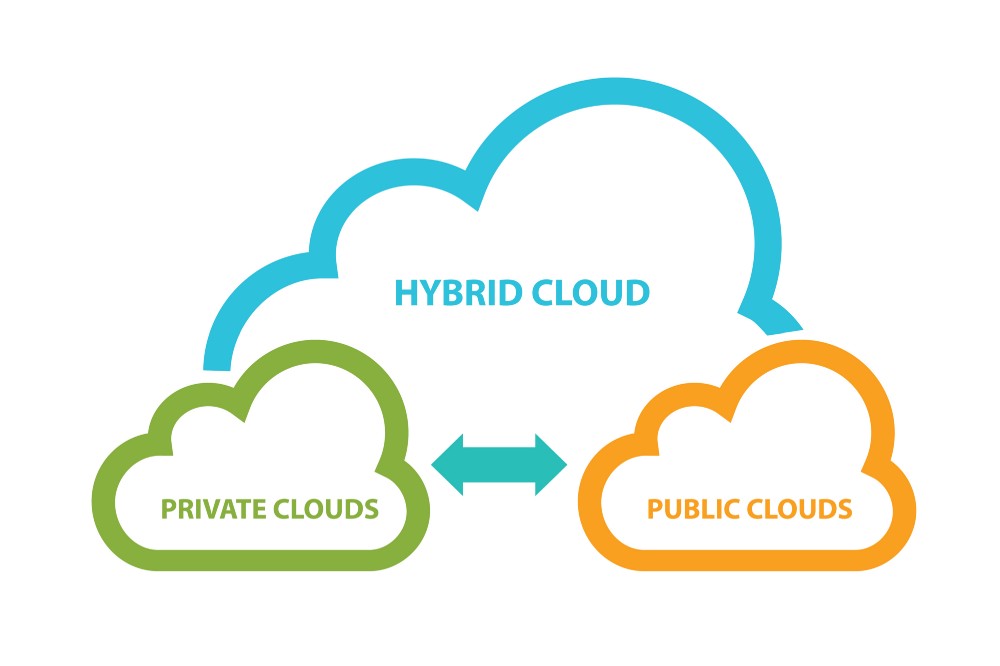Cloud computing
13 Mar 2019This is the 2nd and last post of blog post series ‘Cloud Computing’.
Types of cloud services:
 src: google image
src: google image
-
IaaS
-
PaaS
-
SaaS
Cloud computing consists of three main types, commonly referred to as Infrastructure as a Service (IaaS), Platform as a Service (PaaS), and Software as a Service (SaaS). Choosing the right cloud computing type consists in knowing your needs to achieve an optimal level of control with worrying about unnecessary tasks. Microsoft defines these types as follows:

Infrastructure-as-a-service (IaaS):The most basic category of cloud computing services. With IaaS, you rent IT infrastructure — servers and virtual machines (VMs), storage, networks, operating systems — from a cloud provider on a pay-as-you-go basis.
Platform as a service (PaaS): Platform-as-a-service (PaaS) refers to cloud computing services that supply an on-demand environment for developing, testing, delivering and managing software applications. PaaS is designed to make it easier for developers to quickly create web or mobile apps, without worrying about setting up or managing the underlying infrastructure of servers, storage, network and databases needed for development.
Software as a service (SaaS): Software-as-a-service (SaaS) is a method for delivering software applications over the Internet, on demand and typically on a subscription basis. With SaaS, cloud providers host and manage the software application and underlying infrastructure and handle any maintenance, like software upgrades and security patching. Users connect to the application over the Internet, usually with a web browser on their phone, tablet or PC.
Cloud deployments: public, private, hybrid
There are three different ways to deploy cloud computing resources. These are public cloud, private cloud and hybrid cloud.
Public clouds are owned and operated by a third-party cloud service provider, and deliver computing resources like servers and storage over the Internet using a web browser. Today’s leading cloud providers Amazon AWS or Microsoft Azure are examples of a public cloud.
A private or on-prem cloud refers to cloud computing resources used in-house and exclusively by a single business or organisation. The particularity here is that a private cloud can be physically located on the company’s on-site datacenter.
A combination of both public and private clouds leads to what we call hybrid cloud. The advantage here is that a hybrid cloud allows data and applications to be shared between them. By allowing data and applications to move between private and public clouds, customers enjoy greater flexibility and more deployment options.
Sources: Wiki.
Thank you for reading my post. Keep Scrolling..
***